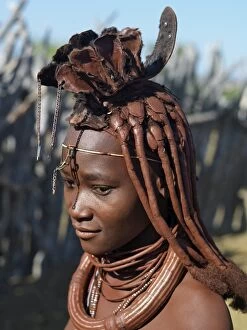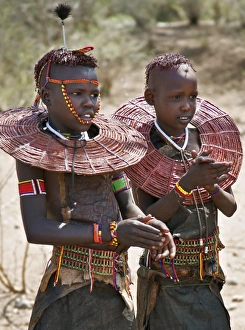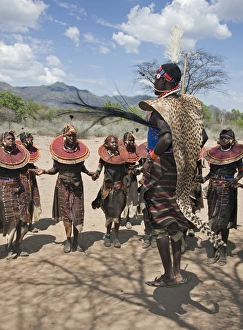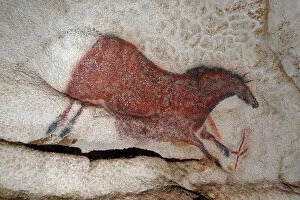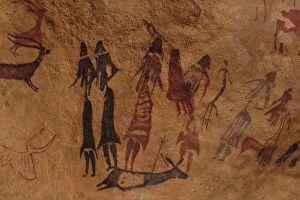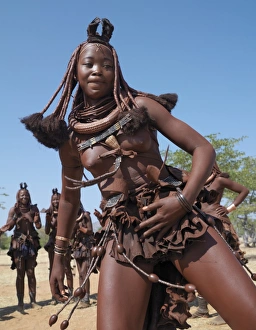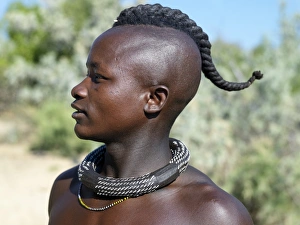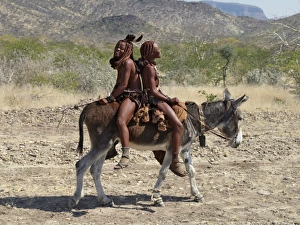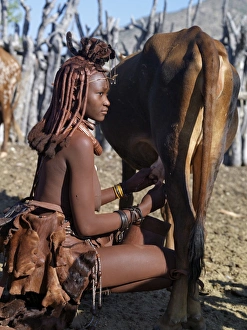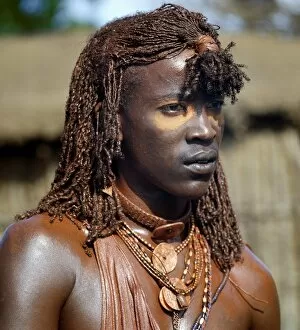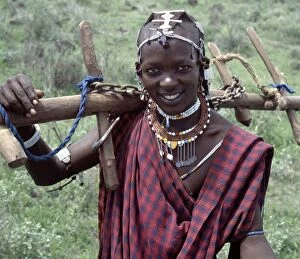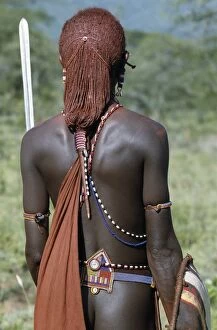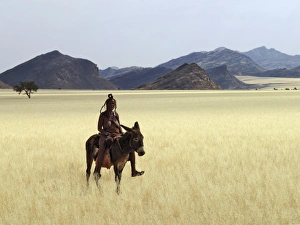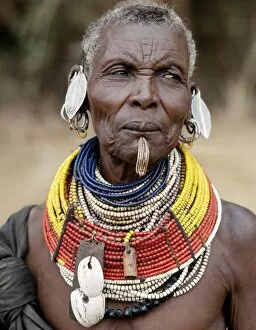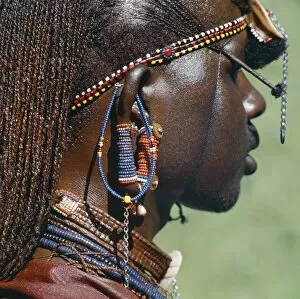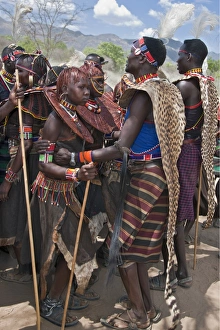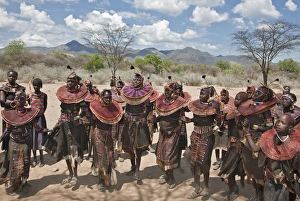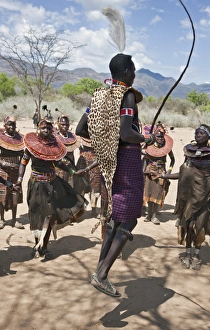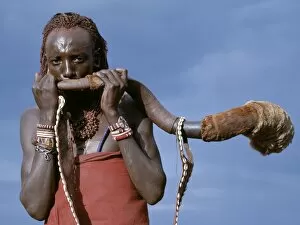Red Ochre Collection
"Red Ochre: A Symbol of Tradition and Culture" In the vast African landscape, red ochre holds a deep significance for various tribes and communities
All Professionally Made to Order for Quick Shipping
"Red Ochre: A Symbol of Tradition and Culture" In the vast African landscape, red ochre holds a deep significance for various tribes and communities, and is more than just a pigment; it represents tradition, identity, and celebration. A Himba woman in traditional attire catches our attention as her body gleams with a mixture of red ochre. This natural dye not only adorns her skin but also symbolizes her connection to ancestral customs that have been passed down through generations. The Pokot tribe, pastoralists speaking a Southern language, showcase their vibrant culture during an Atelo ceremony. A Pokot warrior wearing a cheetah skin jumps high in the air surrounded by young women, all adorned with red ochre. Their energetic dance pays homage to their heritage while celebrating unity and strength. Among the Pokot people, even young girls proudly display their uninitiated status through traditional accessories like broad necklaces made of hollow reed grass. These adornments serve as markers of identity within their community. Similarly, unmarried Pokot girls wear ornaments that signify their single status. With each piece carefully crafted and infused with red ochre symbolism, these decorations become visual representations of love stories yet to unfold. Delving into history reveals ancient cave paintings where red ochre played a vital role in artistic expression. The dancers depicted in Cogul's cave painting from Roca de los Moros captivate us with their vivid hues created using this timeless pigment. Moving forward across time and continents brings us to San rock paintings found in South Africa's Drakensberg Mountains or the Chauvet Cave masterpiece dating back thousands of years ago, used by these early artists to bring life to their creations—depicting scenes from daily life or spiritual beliefs onto stone canvases. Even beyond Africa's borders lies evidence of humanity's fascination with this earthy hue—a Bohemian scent bottle from 1830, showcasing the versatility in art and craftsmanship.

